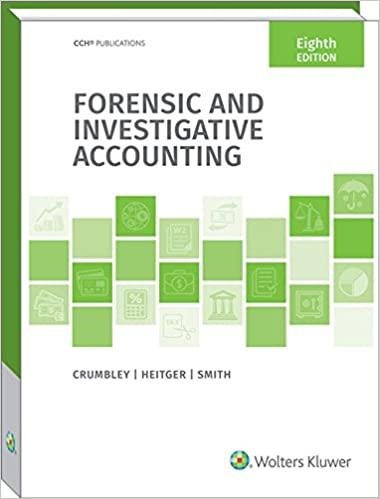Question
Use of foreign currency options to hedge forecasted foreign sales Our U.S. company anticipates sales to customers in New Zealand in six months on March
Use of foreign currency options to hedge forecasted foreign sales
Our U.S. company anticipates sales to customers in New Zealand in six months on March 31 that will
be denominated in the New Zealand Dollar (NZD) and are expected to amount to NZD 10,000,000
(these anticipated sales are not firm commitments at this date). We are concerned that the $US may
strengthen vis--vis the NZD during the interim and, to hedge this exposure, we purchase a foreign cur-
rency put option with the following terms:
Contract amount................................... NZD 10,000,000
Trade date ....................................... September 30
Expiration date .................................... March 31 (next year)
Strike price ....................................... NZD 2: $1
Spot rate on trade date.............................. NZD 2: $1
Option premium ................................... $20,000
The option is designated as a hedge of the companys forecasted sales, and we expect that at the hedges
inception and through the date of the forecasted sales, the hedge will be perfectly effective, since the
critical terms of the option contract match those of the anticipated sales.
The spot and time value of the option over the next six months are as follows:
Date Spot Rate (NZD:$US) Time Value
September 30 (this year) .... NZD 2.00 : $1 $20,000 (cost)
December 31 (this year)..... NZD 2.10 : $1 $ 9,000 (assumed dealer quote)
March 31 (next year) ....... NZD 2.30 : $1 $ 0
a. Should we account for this transaction as a fair value hedge or a cash flow hedge? Why?
b. Briefly describe the accounting for this transaction.
c. Compute the options intrinsic value and total value on September 30, December 31, and March 31.
d. Prepare journal entries for the following:
1. Purchase of the option for $20,000 on March 31
2. The change in the time value and intrinsic value of the option on December 31
3. The change in the time value and intrinsic value of the option on March 31
4. Cash sales to foreign customer in the amount of NZD 10,000,000 at the spot rate of NZD
2.30:$1
5. Net cash settlement of the option at its maturity on March 31
6. Adjusting entry to transfer any deferred gains (losses) from AOCI into current earnings as of
March 31
e. Summarize the economics of this transaction.
Step by Step Solution
There are 3 Steps involved in it
Step: 1

Get Instant Access to Expert-Tailored Solutions
See step-by-step solutions with expert insights and AI powered tools for academic success
Step: 2

Step: 3

Ace Your Homework with AI
Get the answers you need in no time with our AI-driven, step-by-step assistance
Get Started


